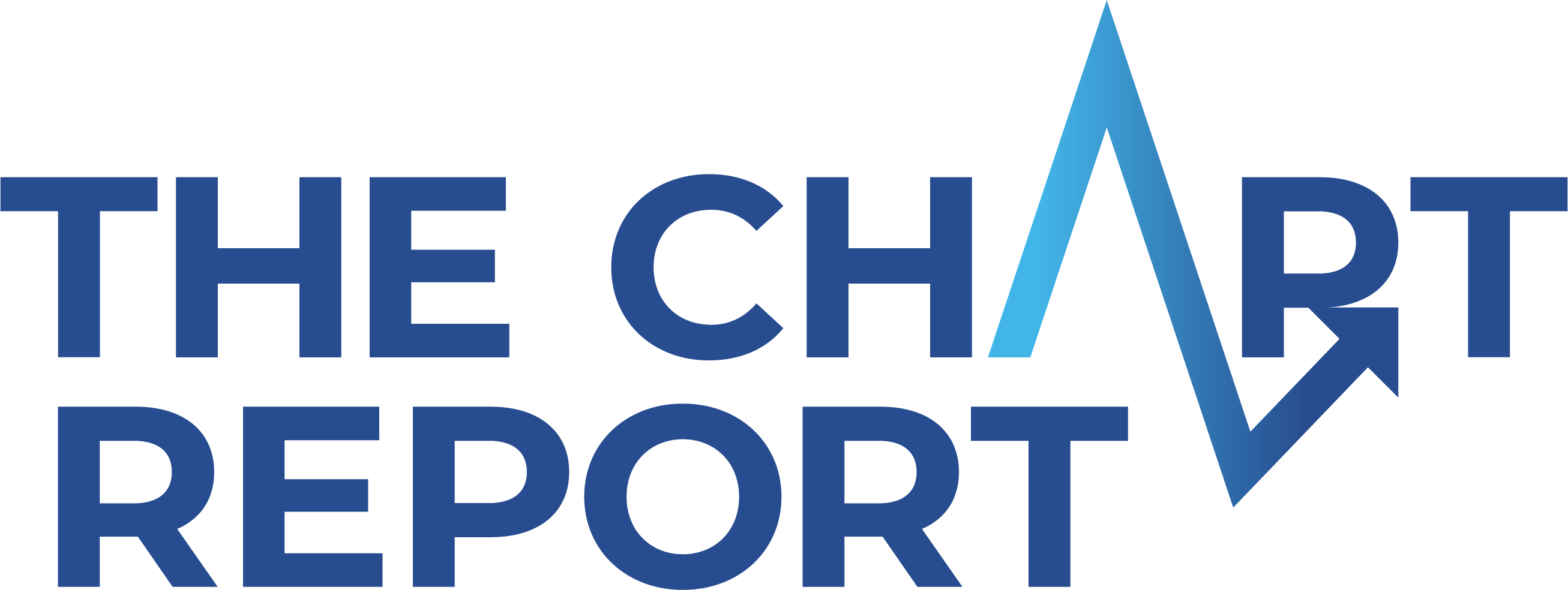Breaking Down the Russell Indices
When trying to gauge the state of the US Stock Market, we typically look at benchmarks like the Dow Jones Industrial Average or the S&P 500. Several other indices are worth taking a look at that could provide a more comprehensive picture of the market. I thought it would be interesting to break down the three major Russell indices to understand how they're composed and how they differ from each other.
Russell 1000 (Large-Caps)
The Russell 1000, like the Dow Jones Industrial Average, and the S&P 500, is a large-cap benchmark. As the name suggests, the index is composed of 1000 large-cap US companies. It represents about 90% of the total market capitalization of all US-listed stocks, while the S&P 500 represents about 80%. This is a cap-weighted index, meaning the larger a company's market cap is, the more of an impact it will have on the index. One of the key differences between the S&P 500 and the Russell 1000 is that the Russell 1000 includes some mid-cap stocks. The Russell 1000 index has a median market cap of about $10 billion while the S&P 500 has a median market cap of about $22 billion.
$RUI is the ticker that tracks the index, and $IWB is the ticker for the iShares Russell 1000 ETF.
Russell 2000 (Small-Caps)
The Russell 2000 is the benchmark for small-cap US stocks. It's composed of 2000 companies with market caps ranging from around $300 million to $8 billion. The median market cap for the Russell 2000 is about $817 million.
The Russell 2000 is a better reflection of the performance of domestically focused companies as opposed to larger-cap indices, like the Russell 1000 or the S&P 500, which contains multi-national corporations that derive some of their profits from overseas. Also, the Russell 2000 is more sensitive to the performance of the Financial sector, as it puts more of a weighting on this sector than more popular indices like the S&P 500 or Dow Jones Industrial Average.
$RUT is the ticker that tracks the index, and $IWM is the ticker for the iShares Russell 2000 ETF.
Russell 3000 (Small, Mid, and Large-caps)
The Russell 3000 combines the components of the Rusell 1000 and the Russell 2000. It represents 98% of all investable US stocks. One would think that this index provides a more comprehensive picture of the market because it includes small, mid, and large-caps. However, the small-cap Russell 2000 only accounts for 8% of the Russell 3000 despite 2/3rd of its components being the same. This is because the Russell 3000 is a cap-weighted index, and heavily skewed to a handful of large-cap Russell 1000 components. As a result, the Russell 3000 looks nearly identical to other large-cap indices like the Russell 1000 and the S&P 500.
$RUA is the ticker that tracks the index, and $IWV is the ticker for the iShares Russell 3000 ETF.
Below is a chart comparing the three-year performance of the Russell 1000 ($IWB), the Russell 2000 ($IWM), the Russell 3000 ($IWV) and the S&P 500 ETF ($SPY). As you can see, the only major difference is the Russell 2000 ETF, $IWM.
Hopefully, this clears up some confusion. As always, feel free to contact us with any questions.



